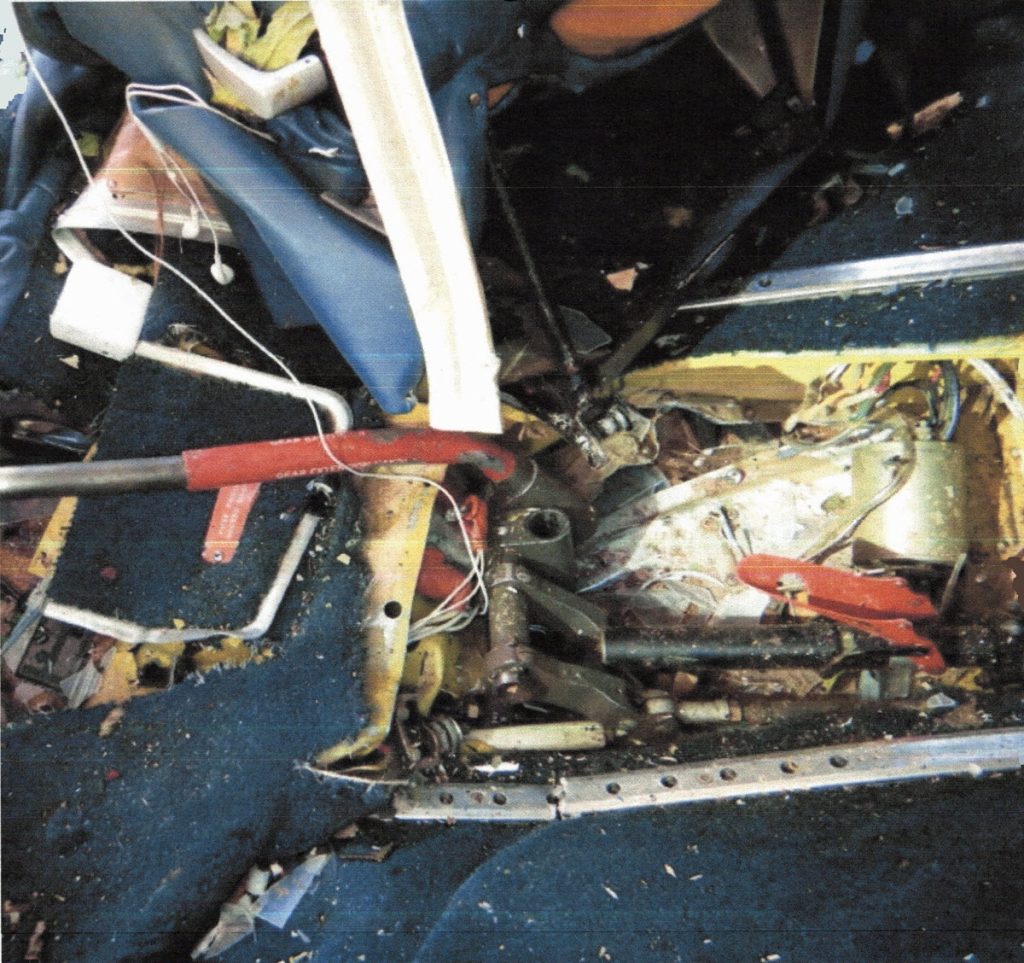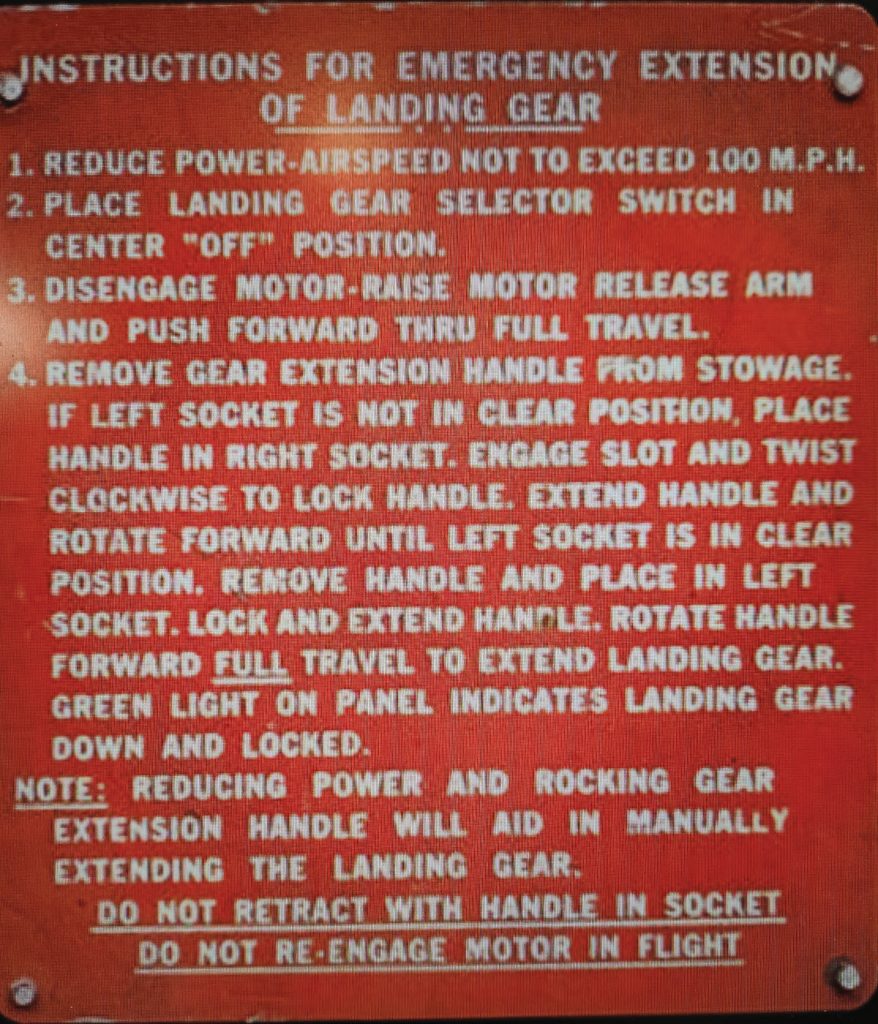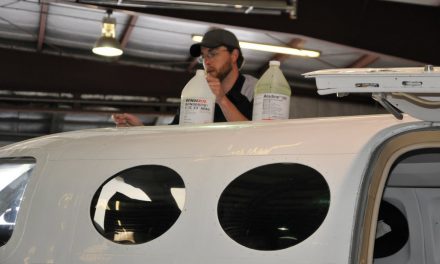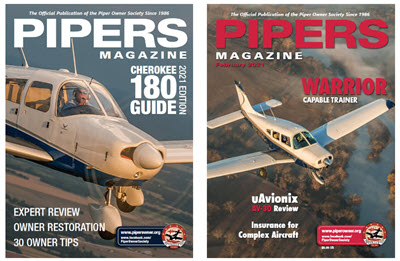By Carl Ziegler, A&P/IA
Several years ago, my wife, Carol, was on a routine trip to visit her mom in Tennessee. She flew into Nashville and rented a car. She ended up with my favorite car, but her least favorite — a brand new Dodge Caravan.
On her drive to her mom’s hometown, it started to rain. I received a phone call from my lovely lady, complaining about her inability to locate the windshield wiper knob and the headlight switch. She claimed the radio controls were certainly prominent. I was beside myself with laughter.
I was also thinking of my son who once rented a car and drove for about five miles in second gear because the gear shift lever was so unusual. He graduated to F-16s.
Of course, I’ve never personally had an event like this!
Why Does This Concern Me?
These stories are relevant because of an incident I came across online, discussed by the Flight Safety Detectives (flightsafetydetectives.com), a web/podcast group. This accident occurred when the pilot went to retrieve the Piper Twin Comanche he had just purchased. This airplane sat for ten years without much flight time but, apparently, was kept in annual condition.
It seems the new owner was not very familiar with the Comanche line—and the Twin Comanche line in particular. Some of his queries and phone calls indicated he was totally unfamiliar with the fuel system on this aircraft. Once airborne, he had an issue with the landing gear circuit breaker popping, which required him to do a manual extension.
For those not familiar with the Comanche series landing gear, it’s strictly a mechanical system. In simplest terms, you disconnect the gearbox and manually lock the gear over center. It’s actually one of the best landing gear systems in general aviation, if properly maintained.
Subsequently, his unfamiliarity with the manual extension procedure caused him to lose control of the aircraft and resulted in his expiration. The NTSB determined the cause of the accident was failure to maintain flying speed. I’m in total agreement with the webcast participants; the NTSB gave in too easily on the causes of this accident—namely, unfamiliarity with the aircraft being operated.
How familiar are you with your aircraft and its systems?
Accompanying this article are some standard diagrams of aircraft systems that represent the aircraft we fly. The unusual photo with green, yellow, and blue blocks is not GA-typical, but a system I’m familiar with from working on them for over 30 years. Can you determine what aircraft it might be?
The rest of this article can be seen only by paid members who are logged in.Have a website login already? Log in and start reading now.
Never created a website login before? Find your Customer Number (it’s on your mailing label) and register here.
JOIN HERE
Still have questions? Contact us here.
Carl has close to 50 years of continuous experience working as an aircraft technician and 38 years as an IA. In addition to GA, he has acquired over 38 years of airline experience with Northwest and most recently with Delta, finishing his last 13 years of airline service as an aircraft inspector. He currently flies a 1976 Cessna 172N.





